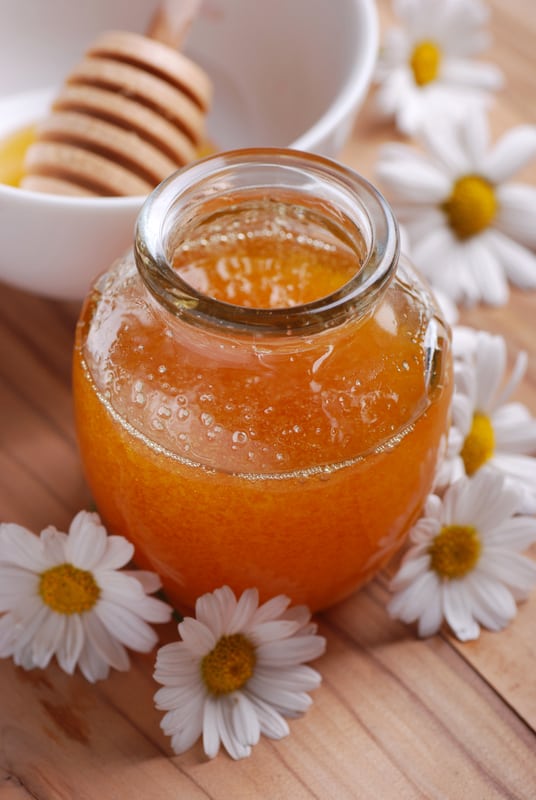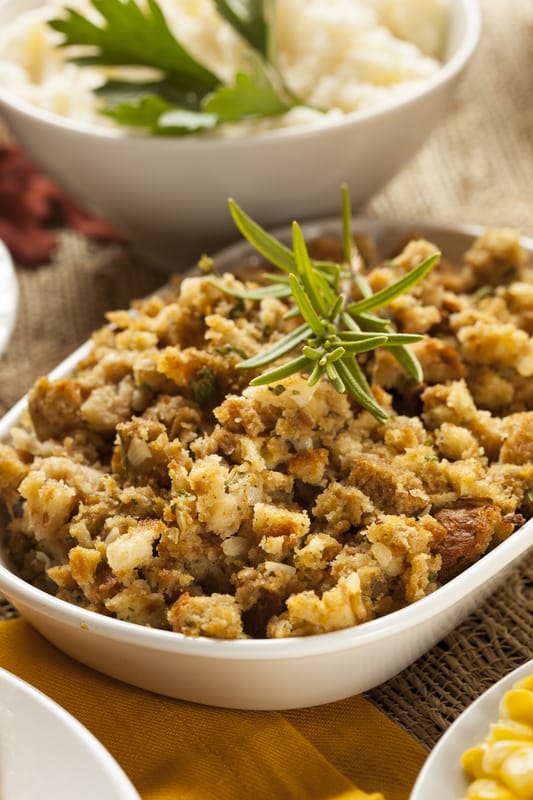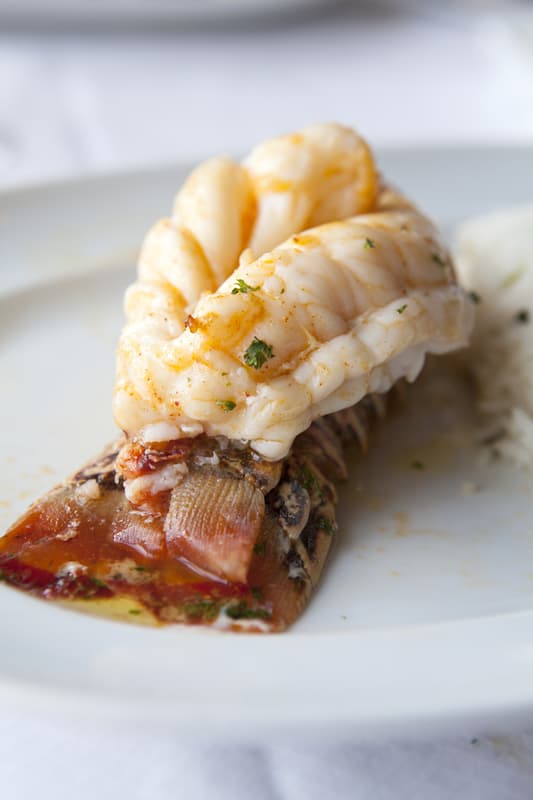How to Decrystallize Honey using the Sous Vide
Do you have a jar of crystallized honey in your pantry? It’s easy to fix using an immersion circulator. In this article, we will show you how to decrystallize honey using the sous vide so you can have liquid honey with all the health benefits intact.

Can you use the sous vide to decrystallize honey? Yes! Crystallization of honey is a natural process that happens over time. The glucose and fructose molecules in the honey crystalize when they come into contact with water. This can be caused by changes in temperature, humidity, or storage conditions. Generally, honey crystallizes when its temperature falls below a certain point. Therefore, after purchasing honey from a honey extractor (or any other supplier), it is advised not to store it in the refrigerator to avoid crystallization.
While crystallized honey still has all the health benefits of liquid honey, it can be harder to spread and more difficult to dissolve in tea or coffee. To decrystallize honey, you’ll need to warm up the honey at a safe temperature to ensure that the natural benefits stay intact and that the flavor doesn’t change.
The best way to remove the crystals from your honey is by using an immersion circulator. An immersion circulator (sous vide) is a device that uses a temperature-controlled water bath to cook food. By setting the immersion circulator to a low temperature, you can slowly heat up your honey until all of the crystals have melted safely and effectively.
Simply set the sous vide to 110F and add your jar of honey. Make sure it’s fully sealed and submerged in the water let it warm and remove the crystals as the water circulates.
Don’t have a sous vide? Check out more Easy Ways To Decrystallize Honey!
🲠Recommended Tools
- Immersion Circulator – The best quality sous vide is by Anova Culinary. I’ve been using it for years and enjoy how easy it is to work with and the support in the app.
- Large Pot or Sous Vide Water Bath – A large pot will work just fine. You just need to make sure there is room to fully submerge the immersion circulator as well as the container of honey.
- Weight – Chances are there will be air in the jar which will cause the honey to float. Use a weight or a heavy kitchen utensil in order to keep the honey submerged.
- Crystallized Honey – It’s best to purchase honey that is in a glass jar. This will ensure that the plastic doesn’t leech into the honey. You can still use this method in a plastic jar, just make sure the water bath does not go higher than 110F.
🯠How To Decrystallize Honey In Sous Vide
1ï¸âƒ£ Fill a large pot with water that will submerge the immersion circulator and honey jar in the water fully.
2ï¸âƒ£ Add the sous vide and set the temperature to 110F. Let it come to temperature.
3ï¸âƒ£ Wipe down your honey jar and make sure it is sealed properly. If you can’t get a proper seal, you may want to place the honey in a plastic or silicone bag with as much air removed as possible to keep it from leaking.
4ï¸âƒ£ Add the honey to the controlled water bath and place a weight or a heavy kitchen utensil on top to ensure it doesn’t float.
5ï¸âƒ£ Let it sit in the water bath until the honey is smooth and liquid again. This could take anywhere from 1-6 hours depending on how hard your honey is and the amount you have.
6ï¸âƒ£ Remove from the water bath and store in a dark place with a consistent temperature for best results. A closed pantry or cabinet works fine.
â”FAQ
No, as mentioned before crystallization is a natural process that will continue to happen over time. The more you de-crystallize honey, the quicker it will crystalize again.
There are many reasons why your honey may have crystallized. Temperature changes, humidity levels, and how the honey was stored can all cause crystalization.
No, using a slow cooker will not safely and effectively de-crystallize your honey. The temperature range is too high and may damage the natural benefits of honey.
More Ways To Use Your Sous Vide
- Defrost Frozen Ground Beef
- Defrost Frozen Chicken
- How to Chill Beer with Sous Vide
- How to Chill Wine in Sous Vide
How To Decrystallize Honey In Sous Vide
Equipment
- Large Pot or Sous Vide Water Bath A large pot will work just fine. You just need to make sure there is room to fully submerge the immersion circulator as well as the container of honey.
- Weight Chances are there will be air in the jar which will cause the honey to float. Use a weight or a heavy kitchen utensil in order to keep the honey submerged.
Ingredients
- 1 jar Crystallized Honey in glass or plastic jar
Instructions
- Fill a large pot with water that will submerge the immersion circulator and honey jar in the water fully.
- Add the sous vide and set the temperature to 110F. Let it come to temperature.
- Wipe down your honey jar and make sure it is sealed properly. If you can’t get a proper seal, you may want to place the honey in a plastic or silicone bag with as much air removed as possible to keep it from leaking.
- Add the honey to the controlled water bath and place a weight or a heavy kitchen utensil on top to ensure it doesn’t float.
- Let it sit in the water bath until the honey is smooth and liquid again. This could take anywhere from 1-6 hours depending on how hard your honey is and the amount you have.
- Remove from the water bath and store in a dark place with a consistent temperature for best results. A closed pantry or cabinet works fine.






